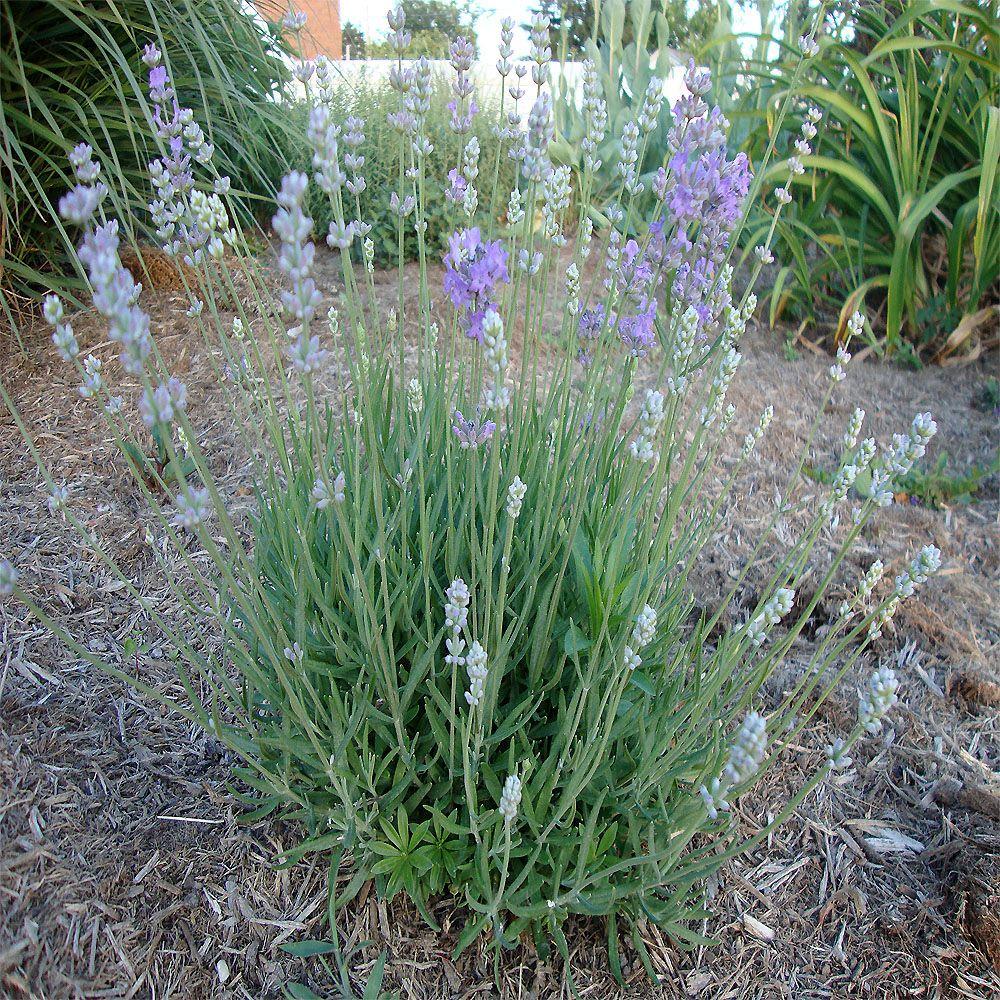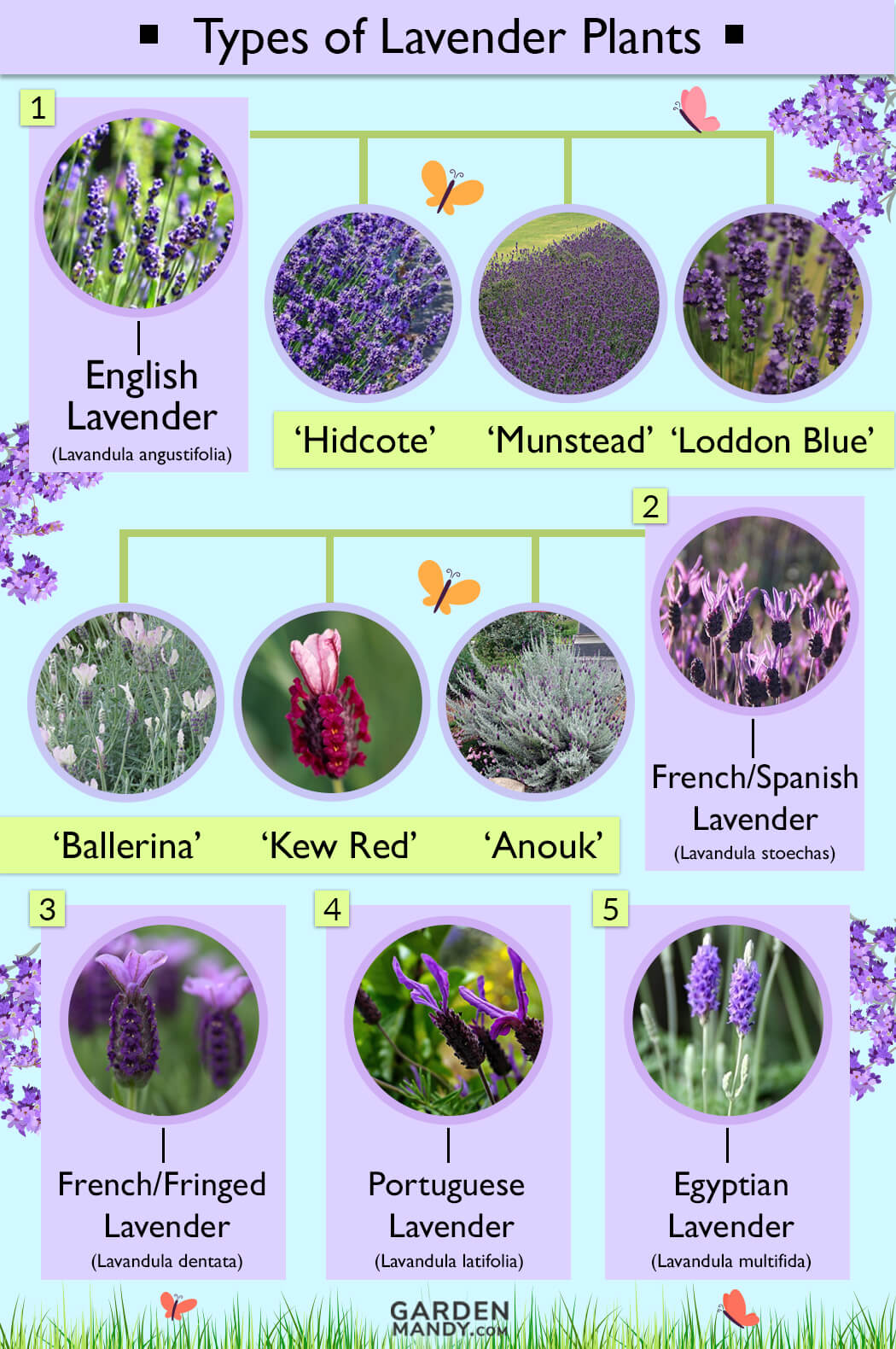
Lavender handles underwatering better than overwatering. The ideal conditions for watering are “just-dry” soil, specifically having the top inch of soil be dry. If the soil is still very moist, or even wet when you test it, then you should hold off on watering for a while. If the soil is very obviously dry, then your plant is in need of a good, deep drink of water. Insert a finger into the soil, going a few inches deep. This test should be done before you are set to water your plant. To be able to tell with better precision, you should touch your lavender’s soil. However, upon closer inspection, severely underwatered plants will have dry, crispy leaves. The symptoms are similar for both cases, with drooping present, as well as yellowing leaves. To make matters worse, it’s sometimes hard to tell if you are underwatering or overwatering your plant– at least at first glance. Too much water, and the plant suffocates and drowns. Not enough water, and this is impossible. This is because water is the vehicle that transports nutrients from the soil into the plant. Both underwatering and overwatering a plant can be disastrous for its health. However, you should also understand that too much water can also spell trouble for your plant. Clearly it is important that your plant gets enough water, as drying it out is never a good thing. One of the most common mistakes when growing lavender is improper watering. Improper Watering Both underwatering and overwatering can be detrimental for your plant. Taking these tips into consideration, you can ensure the health of your plant for years to come. We’ll walk you through the different symptoms of each problem, and show you the best fixes for them. In this article, you’ll find the most common reasons lavender may die if not remedied.
#Lavender seedlings trial#
This can take a bit of trial and error, especially if not done with proper research. If you are worried about the health of your lavender plant, it’s important to identify the problem as soon as possible, so you can solve it as soon as possible, too. Especially because most lavender varieties are quite hardy. It can be disconcerting to see your once-healthy plant start deteriorating.

However, things can go wrong with the health of every plant, and lavender is no exception. Regardless of why you grow them, it’s not hard for them to grow their way into your heart as one of your favorite plants. Lavender also produces beautiful-looking flowers, that are commonly cut for floral arrangements. They’re grown to be a visual delight, provide gorgeous fragrance, and can be used in many remedies and recipes.

Lavender plants are a superstar in the garden.


 0 kommentar(er)
0 kommentar(er)
